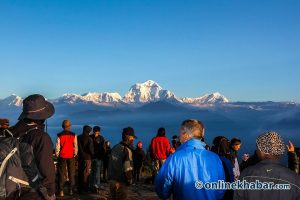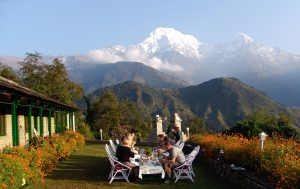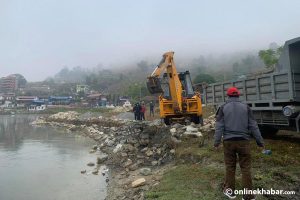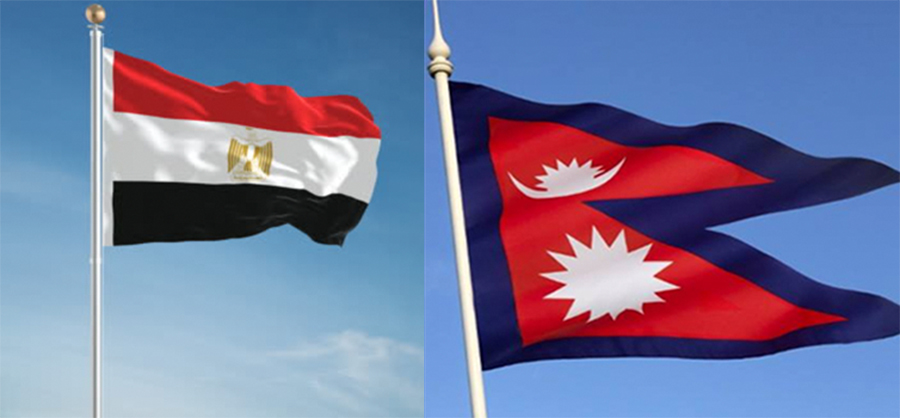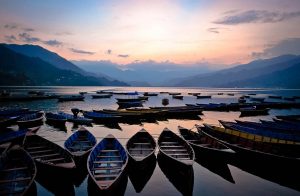
The Covid-19 outbreak has restructured all dimensions of human life including mental and psychological phenomena. Because of the unexpected changes taking place in human life because of the pandemic, there is an optimum possibility of having a paradigm shift in choices and demands of people all over the world. The global tourism industry is also likely to have a transformation.
Likely rise in spiritual tourism
The World Health Organisation and American Psychological Association have described the Covid-19 pandemic not only as an epidemiological crisis but also as a psychological crisis which may lead to the following symptoms for humankind due to the enormity of living in isolation, changes in daily routine, job loss, financial hardship and grief over the death of loved ones.
- May lead to mental anxiety which includes excessive worry, emotional instability, sleeplessness and difficulties in concentration
- May lead to a panic attack which includes over-sweating, trembling, shortness of breath, a rapid increase in heartbeat rate, feeling choking and many more
- May lead to depression which includes lack of interest in anything, weight loss or gain, insomnia or excessive sleeping
- May lead to overtime spending on the internet and social media, isolating oneself from family and social interaction.
- Social stigmas associated with the virus may psychologically challenge the infected ones to get connected back with society and people. Yet, the impact of the virus can be analysed from various dimensions for various groups of people including children, elderly and youngsters.
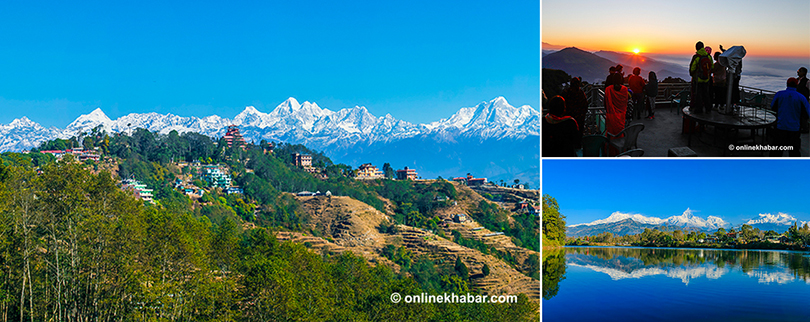

All these changes in the world and human life forecast a higher possibility of increased demand for mental relief, relaxation, peace and sense of solace across the world. This possibility is also going to provide a bigger opportunity for Nepal to redefine, establish and flourish spiritual and religious tourism.
From the very starting point of tourism history here, Nepal has branded itself in the international market as a country of Mt Everest and Lord Buddha. Lord Buddha himself is an icon of spirituality in the world. The height of Everest can be reflected and manifested within the depth of spirituality in Nepal. Nepal itself being a birthplace of Lord Buddha possesses a higher possibility of being a hub for spiritual and religious tourism.
What are spirituality and spiritual tourism?
Most of the times, spirituality is defined as a concept associated with religion in opposition to science. But, in fact, spirituality and science are two complementary systems of knowledge. Religion without science has a possibility of changing into superstition and fanaticism whereas science without religion becomes just a tool for harsh materialism. So, spirituality itself is an inner science which offers techniques and mythologies for inner engineering of one’s own mental and physical faculties which finally leads towards the perfection of mental and physical health, creating a tune of life.

Spiritual tourism is that dimension of tourism which offers the sense of relaxation and relief to the guest by creating a distinctive mental and psychological experience. (After all, tourism is all about creating experiences.) These techniques and mythologies include yoga, meditation and various other forms of naturopathy. Spiritual tourism is motivated by the host creating an awesome inner experience for the guest so that the guest develops a sense of ecstasy, relaxation and relief. So, this would be a new experience and experiment for Nepal in particular and the world in general in the new normal.
Nepal’s immense potential for spiritual tourism
Before highlighting Nepal’s immense potential for spiritual and religious tourism from subjective and individual perspectives, let’s look at some data from Tourism Statistics 2019 published by Ministry of Tourism, Culture and Civil Aviation. The data show that the number of tourists visiting Nepal for pilgrimage has remained significant every year, and is on the rise steadily. It proves spiritual and religious tourism can be a form of mainstream tourism in Nepal.
| Year | Number | Percentage of pilgrims out of total arrival |
| 2015 | 14,996 | 2.78 |
| 2016 | 82,830 | 11 |
| 2017 | 141,633 | 15 |
| 2018 | 169,180 | 14.4 |
| 2019 | 171,937 | 14.36 |
Nepal’s immense possibility for spiritual and religious tourism can be defined from both religious and meditative perspectives. From a religious perspective, Nepal is a hub for both Buddhists and Hindus. Nepal as the birthplace of Lord Buddha could be a priority destination for Buddhists across the world. But, due to lack of sufficient activities in Lumbini and our inability to create our inner Buddhist circuit connecting all the places related with Buddha, Nepal has not fully exploited the benefits it could reap from this place.
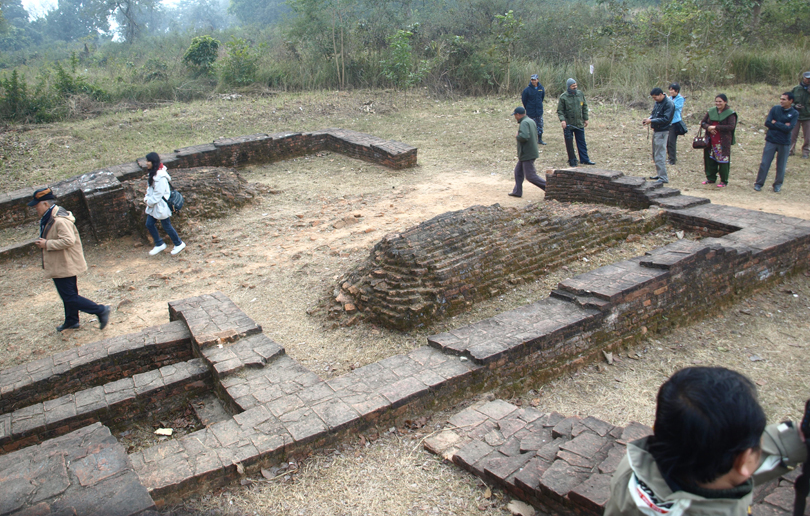
Places like Tilaurakot, Ramgram, Kapilvastu and many more have not been connected to tourism activities. This inability has turned Lumbini into just a one-day destination. Now, we need to connect religion and spirituality together; Lumbini should be rebranded as a spiritual destination also, not only a Buddhist religious destination. Lumbini should be developed as a place offering the tourists knowledge about methods and techniques of self-realisation in the form of meditation so that tourists can spend a week or a month in the desire of self-actualisation.
Similarly, we can build many meditation centres within the Pashupati area so that strong followers of Lord Shiva may extend their length of stay in Nepal for meditation practices. We can create healing and recreational activities such as bhajans and aaratis in the area which eventually leads to business expansion in the area.
Mountains of Nepal are said to be the land of yogis and seekers by many people in the world. Many seekers are said to have attained the stage of self-actualisation in the lap of Himalayas. Hence, it is fruitful for us to build many meditation centres in the country’s mountainous region.
When we talk about spiritual tourism in Nepal, it does not only incorporate meditation and yoga. It can be enhanced and flourished even in the fields of astrology, Buddhist studies, Ayurveda, Tibetan medicine and tantric healing.
Gautam is an officer at Nepal Tourism Board.





